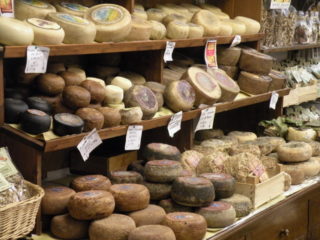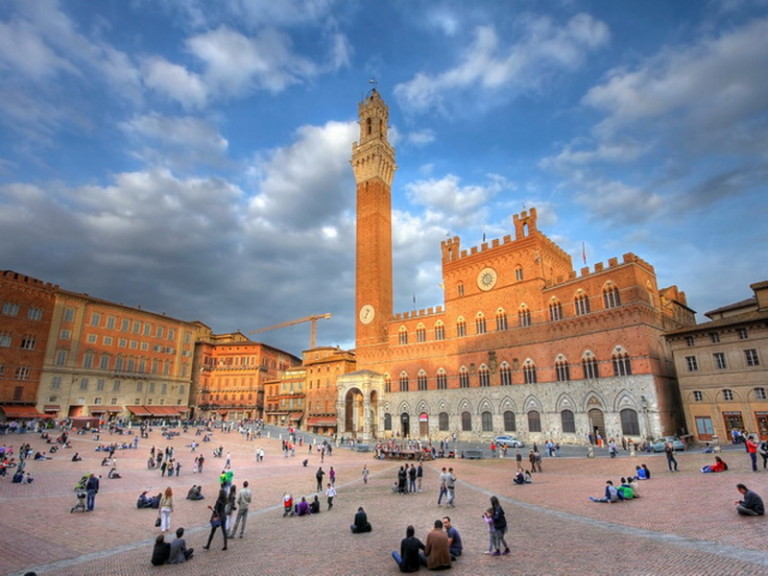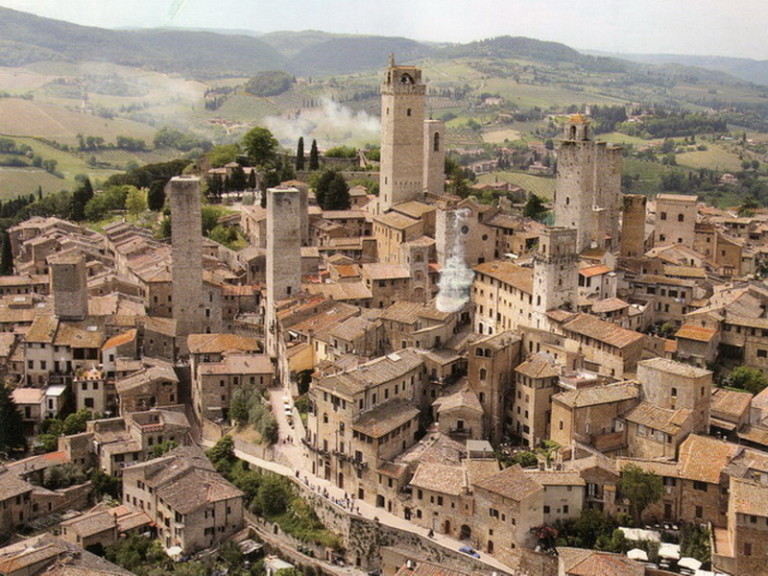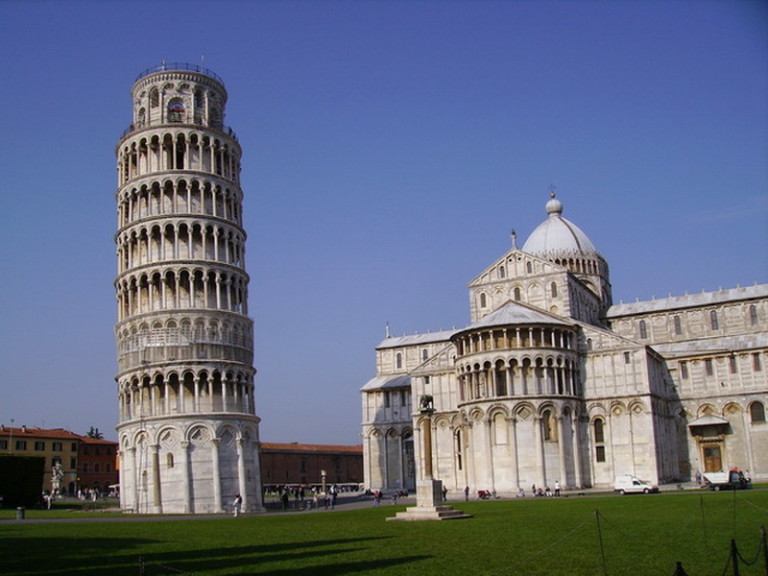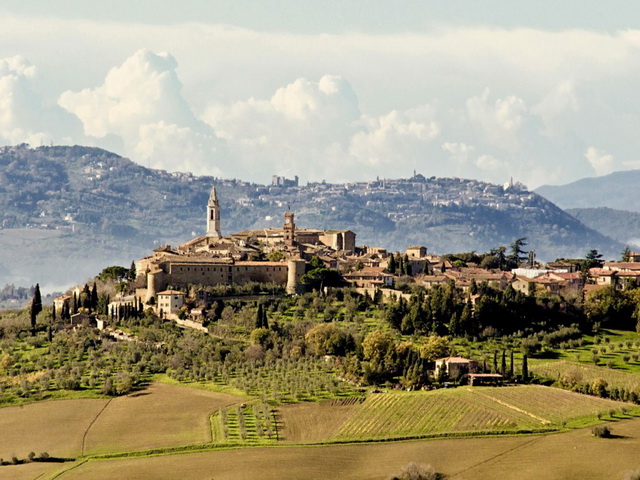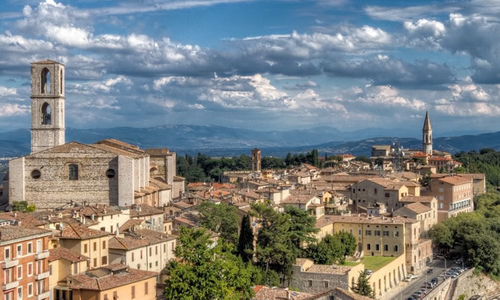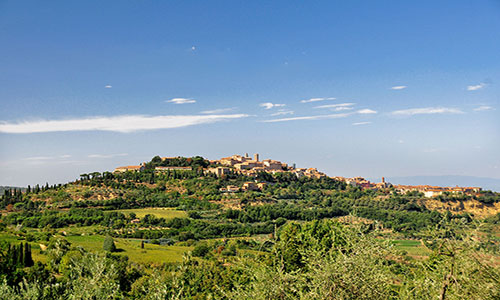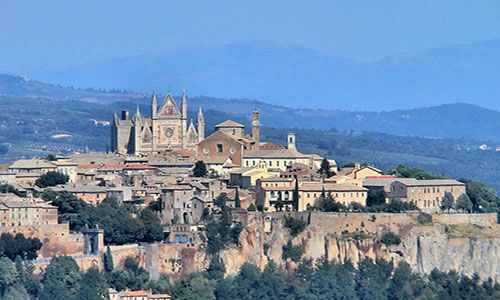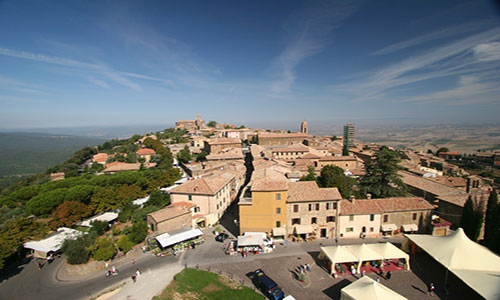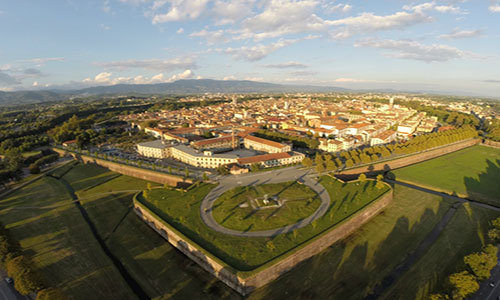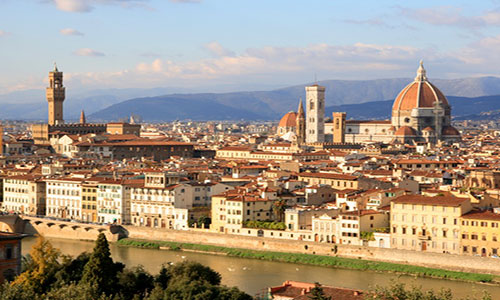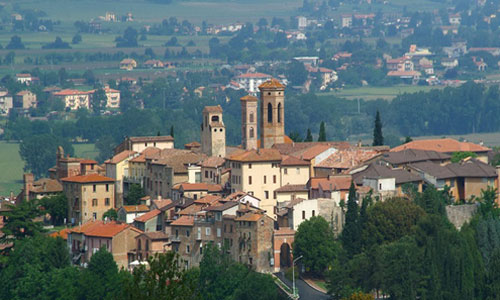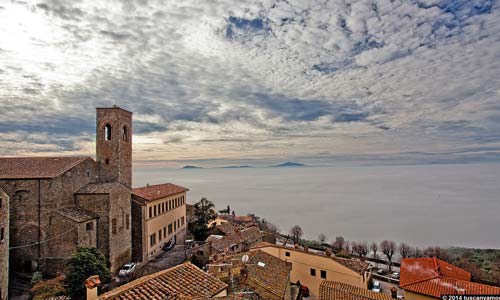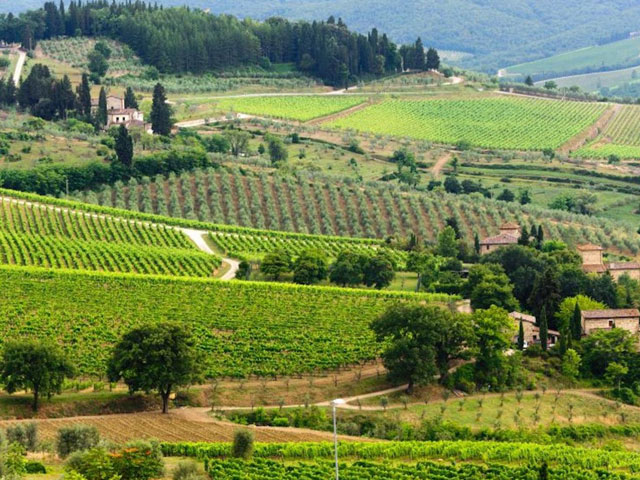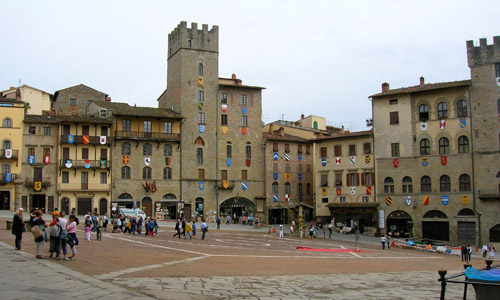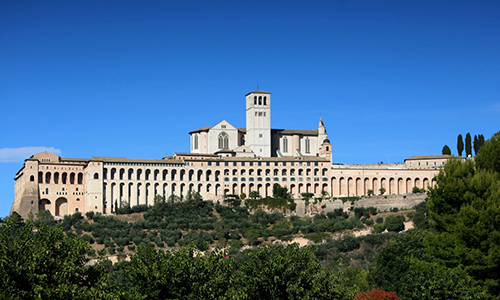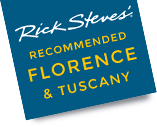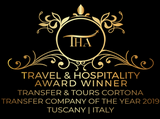Florence
Capital of Tuscany, spreads on the banks of the Arno, almost in the middle of the Italian peninsula.
His population is around half a million inhabitants. It’s a city which rich with industry and craft, commerce and culture, art and science. Period when the city was at the height of its glory in art and culture, in politics and economic power, is 15th century,under the rule of the Medici family, who later became the Grand Dukes of Tuscany.
The Grand Dukes of the Medicis was succeeded, in the 18th century, by the House of Lorraine, when in 1860 Tuscany became part of the Kingdom of Italy of which Florence was the capital from 1865 to 1871. In this years, the city has once more taken up its role as centre for culture and the arts for all Italy.
The economy of Florence is based mainly on the services sector, as the city is an important commercial centre. Thanks to traditional centuries-old banking and financial sector, Florence was always an important commercial centre. Crafts (jewelry, footwear, leatherwork, ceramics, wrought-iron and reproduction furniture) and tourism, of course, provide considerable sources of income. Industry consists mainly of small and medium-sized firms, but has fairly important sectors(optical, pharmaceutical, chemical, metallurgical and textile).
[rev_slider FlorenceTG]
If you visit Florence for the first time , you will have definitely an unforgettable journey through Architektur and old art of Florence . The center is compact and can easily be walked to cross from one end to thirty minutes.
Your tour can begin from Piazza del Duomo, the religious center of Florence with the Cathedral of Santa Maria del Fiore, the symbol of the Renaissance. The cathedral was decorated with the magnificent dome ( designed by Brunelleschi), bell tower ( Giotto) and the Baptistery of San Giovanni with three magnificent bronze doors (by Ghiberti- famous like “the gate of Paradise”). Tour will continue through the narrow medieval streets, full of towers and old houses (reminiscent of the great poet Dante Alighieri), You will come to Piazza della Signoria.
This is the heart of Florence, where we find the Palazzo Vecchio, one of the most important public buildings of the Middle Ages. There you can see also the Loggia dei Lanzi – a gallery of statues,including the formidable Perseus (by Benvenuto Cellini), and also the numerous statues inside the square itself,and the beautiful fountain of “Ammannati”. From there the tour continues at the Ponte Vecchio amongst the jewels and precious stones of the ancient goldsmiths.
If you follow the signs for “piazzale Michelangelo”, you’ll see one beautiful panoramic view of Florence. Piazzale Michelangelo is designed in 1869 (by Florentine architect Giuseppe Poggi), and offers panoramic views of Florence and the Arno valley. The piazza is filled with tourists, vendors, and a bronze replica of Michelangelo’s David.
Florence is a city that definitely should always come back.
Famous people of Florence:
Leonardo da Vinci (artist, 1452-1519),
Lorenzo the Magnificent (the most famous of the Medicis, 1449-1492),
Amerigo Vespucci (explorer who gave the name to the continent of America, 1454-1512),
Dante Alighieri (poet, 1265-1321),
Giovanni Boccaccio (poet, 1313-1375),
Filippo Brunelleschi (architect, 1377-1446),
Niccolò Machiavelli (politician and historian, 1489-1527),
Benvenuto Cellini (goldsmith, 1500-1571).
Lorenzo Ghiberti (sculptor, 1378-1455),
Donato dei Bardi, called ‘il Donatello’ (sculptor, 1386-1466),
Luca della Robbia (sculptor, 1400-1482),
Filippo Lippi (artist, 1406-1469), Antonio Pollaiolo (sculptor, 1432-1498),
Alessandro Filipepi called ‘il Botticelli’ (artist, 1445-1510),
Domenico Bigordi called ‘Ghirlandaio’ (artist, 1449-1494),
Michelangelo Buonarroti (artist, 1475-1564), Francesco Guicciardini (historian, 1483-1540),
Andrea del Sarto (artist, 1486-1530),
.
Interested to visit Florence?
Check our tour for Florence and discover this magnificent town.
More Tuscany tourist guides
